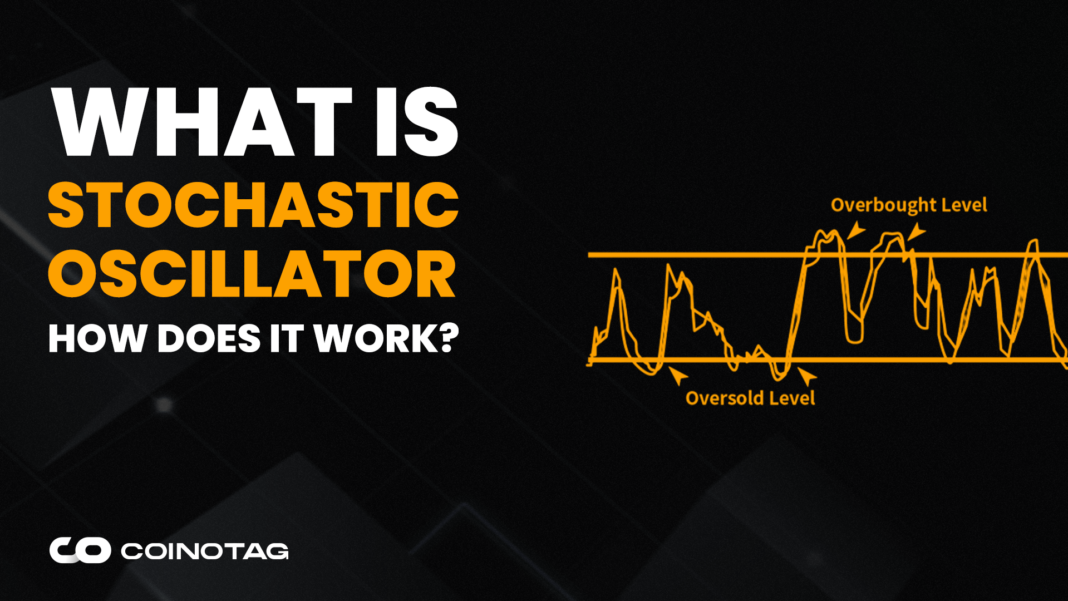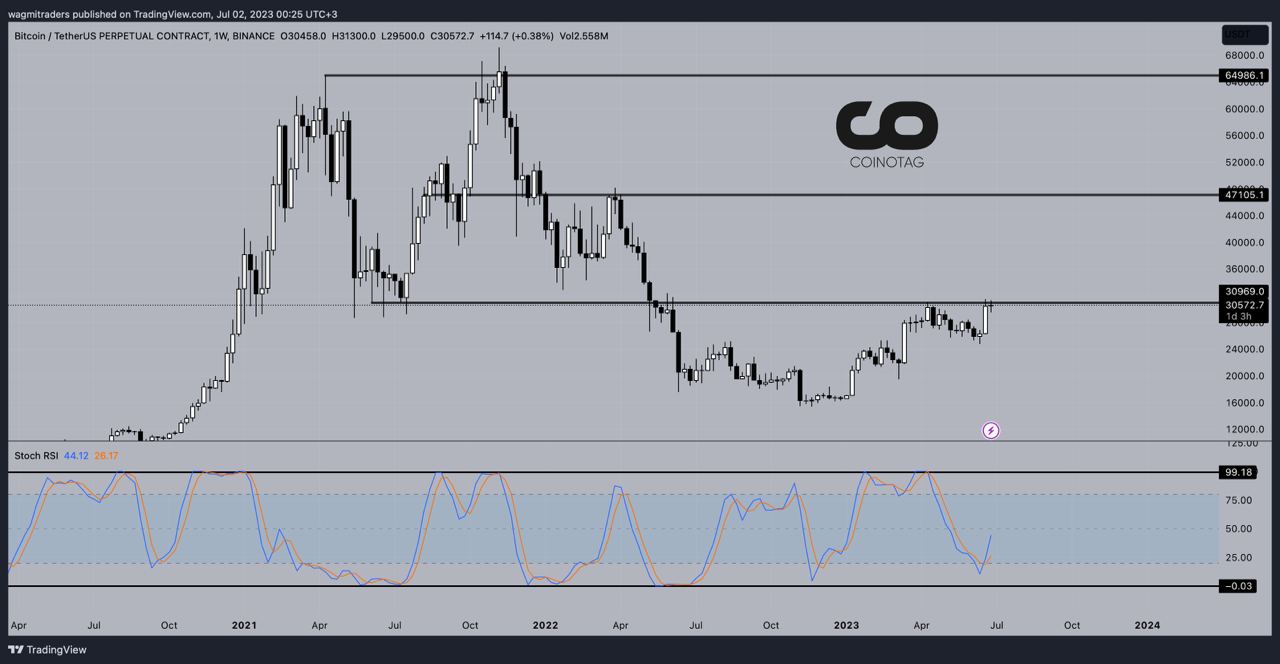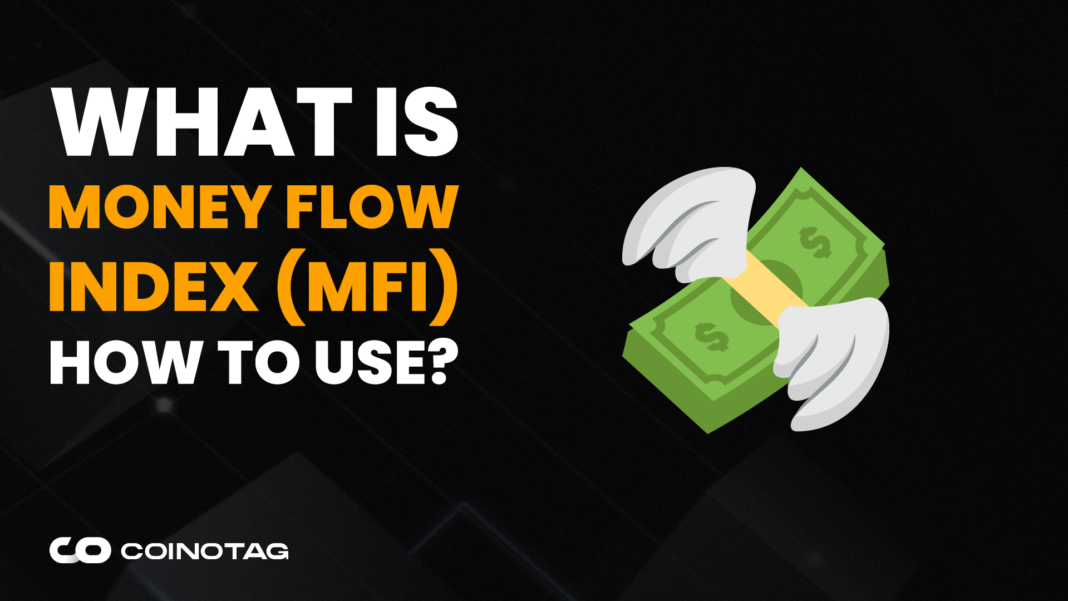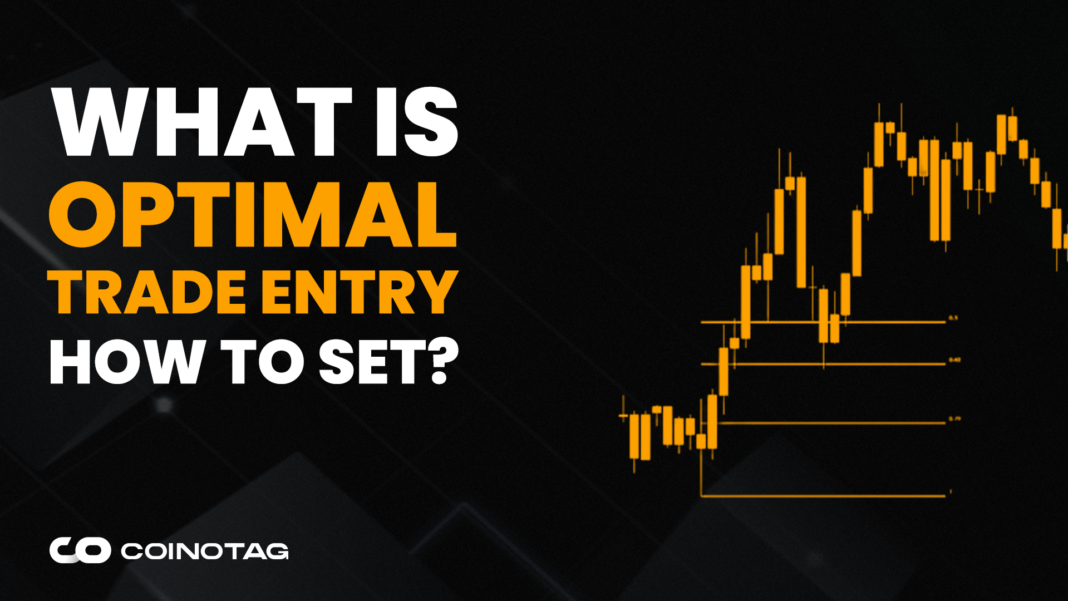- The Stochastic Oscillator is an indicator that evaluates the momentum of a security by comparing a specific closing price to its price range over a given time period.
- The limited range of the oscillator between 0 and 100 is used to identify overbought and oversold zones.
- Crossovers and divergences in the stochastic oscillator can be interpreted as signals for potential trend reversals.
The Stochastic Oscillator is an indicator that measures the momentum of a security by evaluating the closing price relative to its price range. This oscillator, used to identify overbought and oversold zones, has the potential to indicate potential trend reversals through crossovers and divergences.
What is the Stochastic Oscillator?
The Stochastic Oscillator is a momentum indicator that compares a security’s closing price to its price range over a specific time period. The sensitivity of the oscillator to market movements can be adjusted by changing the time period or taking a moving average of the result. The Stochastic Oscillator uses a limited value range between 0 and 100 to reveal overbought and oversold trading zones.
Highlights
- The Stochastic Oscillator is a widely used technical indicator for generating overbought and oversold signals.
- It is a popular momentum indicator developed since the 1950s.
- Stochastic oscillators often vary around an average price level as they are based on a security’s price history.
- Stochastic oscillators help identify trends and generate predictions about trend reversals by measuring the momentum of a security’s price.
- Stochastic oscillators scale the most recent prices between 0 and 100. Readings above 80 indicate overbought conditions, while readings below 20 indicate oversold conditions.
Understanding the Stochastic Oscillator
The Stochastic Oscillator always has a limited range between 0 and 100. This makes it a useful indicator for identifying overbought and oversold conditions.
Traditionally, readings above 80 are considered overbought, while readings below 20 are considered oversold. However, these are not always indications of an impending trend reversal; strong trends can maintain overbought or oversold conditions for an extended period. Instead, traders should look for changes in the stochastic oscillator for clues about future trend shifts.
The graphical representation of the stochastic oscillator typically consists of two lines: one line reflects the actual value of the oscillator for each session, while the other line reflects its three-day simple moving average. Since it is believed to track the momentum of the price, the intersection of these two lines is considered a signal of a significant change in daily momentum, indicating a potential trend reversal.
Divergence between the stochastic oscillator and price movement in relation to the trend is also considered a significant signal for a trend reversal. For example, if the blue line crosses below and breaks above the orange line, it indicates the end of bearish strength and the beginning of bullish strength.
History of the Stochastic Oscillator
The Stochastic Oscillator was developed by George Lane in the late 1950s. In its original form designed by Lane, the stochastic oscillator shows the relationship between a stock’s or commodity’s closing price and its high and low prices over a typically 14-day period.
Lane emphasized in numerous interviews that the stochastic oscillator does not follow price, volume, or anything similar. He stated that the oscillator follows the speed or momentum of the price.
Lane also explained that there is a rule that the momentum or speed of a stock or commodity’s price movement tends to change before the price itself changes.
An Example of the Stochastic Oscillator
The stochastic oscillator is available in most charting tools and is easily usable in practice. The default time period commonly used is 14 days, but it can be adjusted according to specific analytical needs. The stochastic oscillator is calculated by subtracting the current closing price from the low price for the period, dividing it by the total range for the period, and multiplying by 100.
As an imaginary example, if the 14-day high is $150, the low is $125, and the current closing price is $145, the reading for the current price would be: (145-125) / (150 – 125) * 100, which equals 80.
By comparing the current price to the range over time, the stochastic oscillator reflects how consistently the price has closed near the recent high or low level. A value of 80 indicates that the asset is approaching the overbought limit.
Comparison of Relative Strength Index (RSI) and Stochastic Oscillator
The Relative Strength Index (RSI) and Stochastic Oscillator are both commonly used price momentum oscillators in technical analysis. They are often used together, but each has different underlying theories and methods. The stochastic oscillator is based on the assumption that closing prices move in the same direction as the current trend.
On the other hand, RSI measures the speed of price movements by tracking overbought and oversold levels. In other words, RSI is designed to measure the speed of price movements, while the stochastic oscillator formula works better in consistent trading ranges.
In general, RSI is more useful in trending markets, while the stochastic oscillator is more effective in sideways or range-bound markets.
Rules of the Stochastic Oscillator
One of the main limitations of the stochastic oscillator is its tendency to generate false signals. This means that even though a trading signal is generated by the indicator, the price may not actually follow it and result in a losing trade.
This can occur especially in volatile market conditions. One way to deal with this is to use the price trend as a filter and only take trades when the signals align with the trend.
How to Read the Stochastic Oscillator?
The stochastic oscillator represents the latest prices on a scale of 0 to 100. 0 represents the lower boundaries of the recent range, while 100 represents the upper boundary of the range. If a stochastic indicator reading is above 80, it indicates that the asset is trading at the upper end of the range, and if it is below 20, it indicates that the asset is trading at the lower end of the range.







